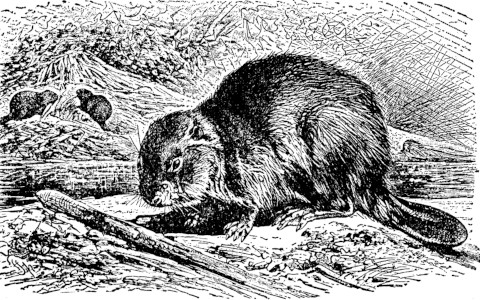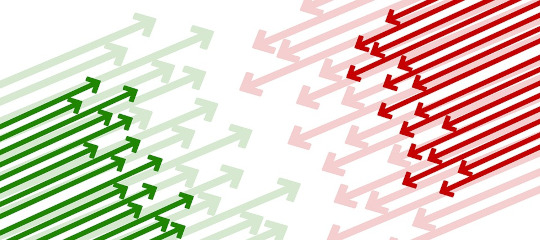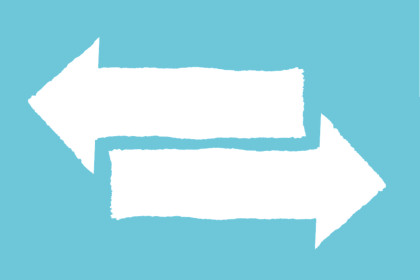Oscar Wilde? Seamus Heaney? Dorothy Parker? Israel Zangwill? Jen Kirkman? Apocryphal?

Question for Quote Investigator: The body and the soul separate at the time of death according to many religious systems. Hence, the idiom “keep body and soul together” refers to maintaining life, i.e., earning enough money to maintain health and activity. The famous Irish wit Oscar Wilde has received credit for a reversal of the idiom. Here are two versions:
(1) I drink to keep body and soul apart.
(2) I drink to separate my body from my soul.
I am skeptical because I have not seen a good citation. Would you please explore this saying?
Reply from Quote Investigator: QI has found no substantive evidence supporting the ascription to Oscar Wilde. It is not listed in the compendium “Oscar Wilde in Quotation: 3,100 Insults, Anecdotes, and Aphorisms”.1 Also, it does not appear in researcher Ralph Keyes’s collection “The Wit & Wisdom of Oscar Wilde”.2
Wilde died in 1900, and the earliest match located by QI appeared in “The Boston Globe” in 1981. The newspaper published a profile of Irish poet and translator Seamus Heaney who later received the Nobel Prize in Literature. Heaney told the “Globe” journalist that Wilde crafted the saying. Boldface added to excerpts by QI:3
He is particularly at ease in his own kitchen, brewing a fresh pot of tea, slicing bread for a guest, talking. He is not, I rush to add, exactly uncomfortable hunched over a pint in a pub, talking.
“Do know that Oscar Wilde said he drank to keep body and soul apart? That’s good, isn’t it?”
Below are additional selected citations in chronological order.
Continue reading “Quote Origin: I Drink To Keep Body and Soul Apart”





